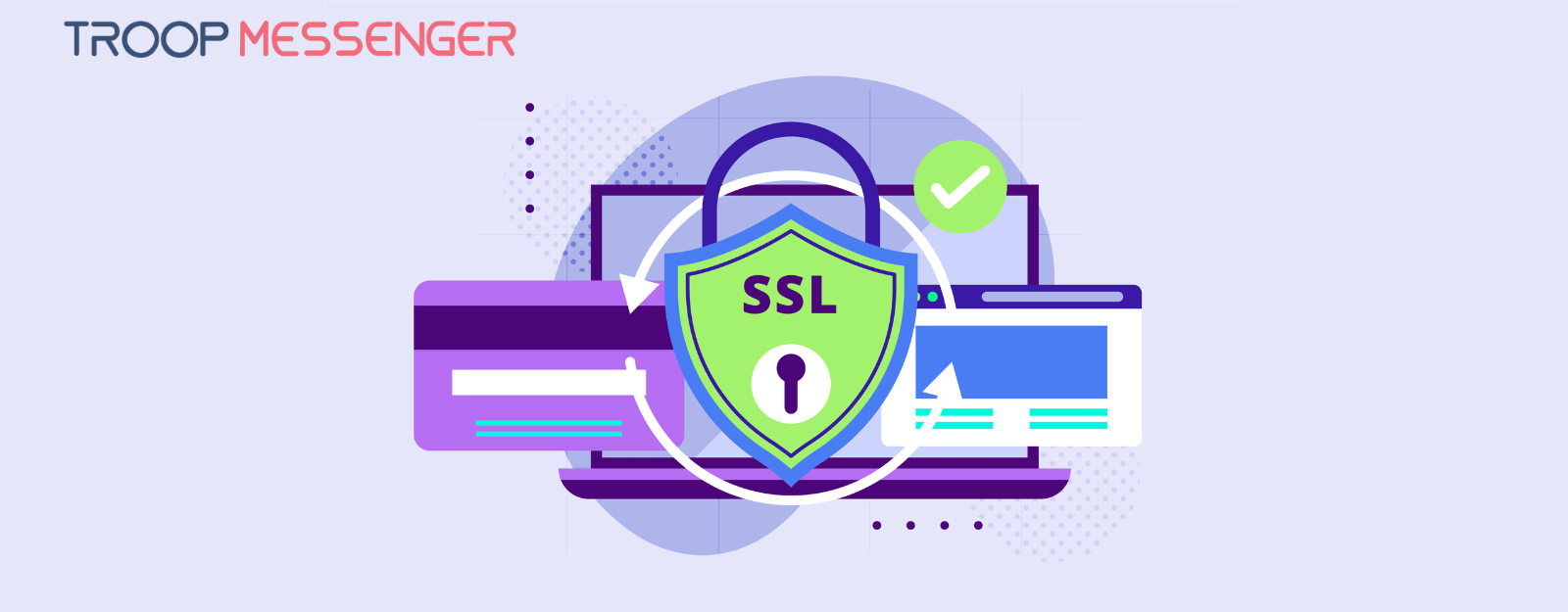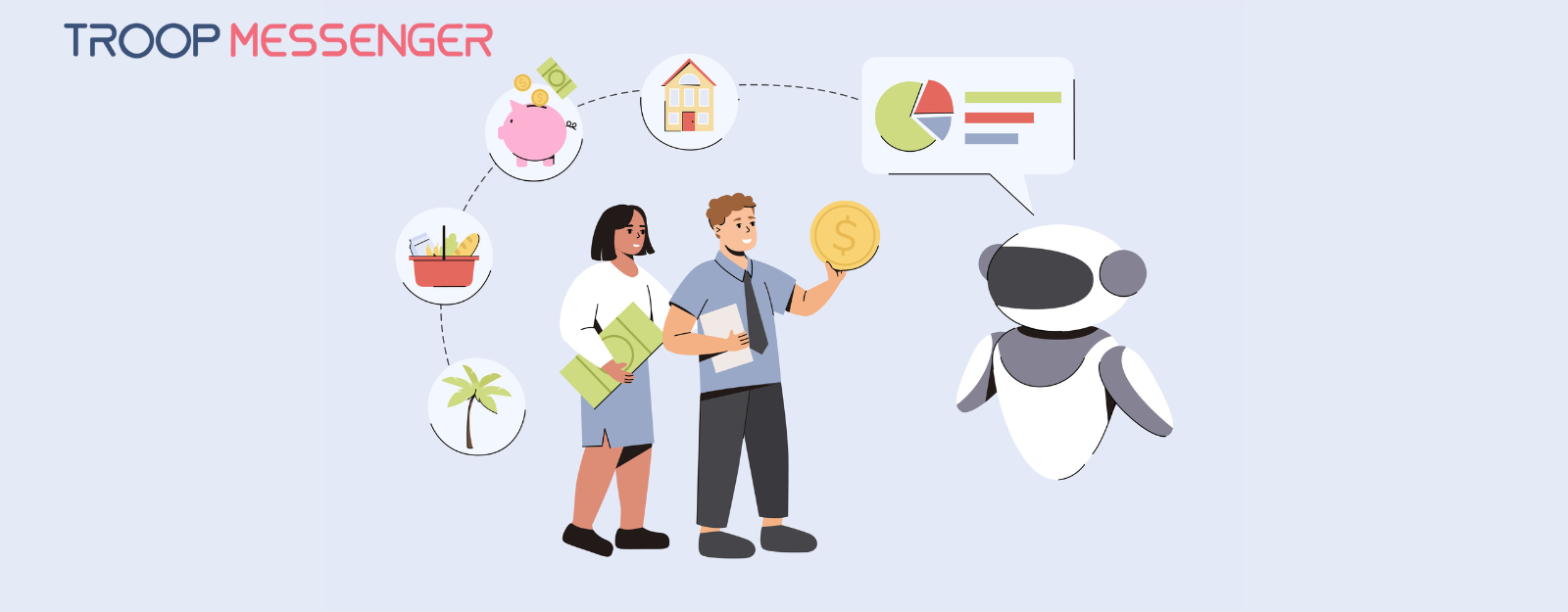Connect with us

Leveraging Technology for Employee Management
In the fast-paced and ever-evolving world of business, effective employee management is crucial for driving productivity, fostering a positive work culture, and ultimately achieving success. To navigate the complexities of managing a diverse workforce and ensure optimal performance, businesses are increasingly turning to technology as a powerful ally. With the right technological tools and strategies in place, companies can revolutionize their approach to employee management, unlocking a wealth of benefits for both the organization and its workforce. From streamlined communication and collaboration to enhanced performance tracking and personalized development, harnessing technology for employee management has become a game-changer in today's digital age. So, let's delve into the exciting realm of employee management powered by technology and discover how it can revolutionize your business.
Table of Contents
What is Employee Management?
Employee management refers to the process of overseeing and guiding employees throughout their journey within an organization. It encompasses various aspects, including recruitment, onboarding, training, performance evaluation, development, and maintaining positive employee relations. Effective employee management involves implementing strategies, policies, and practices to ensure that employees are motivated, engaged, and aligned with the organization's goals and values. It involves creating a supportive work environment, providing opportunities for growth and development, fostering effective communication and collaboration, and addressing any challenges or issues that may arise. The goal of employee management is to maximize employee productivity, job satisfaction, and overall organizational success.
Why is employee management important?
Employee management is crucial for the overall success and productivity of an organization. Here are several reasons why it is important:
Maximizing productivity
Effective employee management ensures that employees are motivated, engaged, and working towards organizational goals. By providing clear direction, setting expectations, and offering support and resources, managers can help employees perform at their best, leading to increased productivity.
Retaining top talent
Employee management plays a key role in employee satisfaction and retention. When employees feel valued, supported, and recognized for their contributions, they are more likely to stay with the organization. Good management practices help create a positive work environment, fostering loyalty and reducing turnover.
Developing skills and potential
Managers who actively manage their employees can identify their strengths, weaknesses, and areas for growth. By providing training, mentoring, and career development opportunities, managers can help employees enhance their skills, reach their full potential, and contribute more effectively to the organization.
Effective communication
Employee management involves clear and open communication channels between managers and employees. Regular feedback, performance evaluations, and constructive criticism help employees understand expectations, improve their performance, and align their goals with organizational objectives. Good communication also fosters a sense of trust and transparency.
Building a positive culture
Managers play a crucial role in shaping the organizational culture. By embodying and promoting the values and mission of the organization, they create a positive work environment that fosters teamwork, creativity, and innovation. A strong and positive culture attracts top talent and improves employee morale and job satisfaction.
Leveraging Technology for Employee Management
Modern employee management relies heavily on technology. By using innovative tools and software, various processes can be streamlined, communication can be improved, and overall efficiency can be improved.
1. HRIS (Human Resource Information System)
Implementing an HRIS can centralize employee data, automate administrative tasks, and simplify payroll and benefits management. This system allows managers to access important employee information quickly and accurately.
A comprehensive Human Resource Information System that is easy to use and manage. It also has access to a platform with integrated tools for tracking employee data, performance reviews, payroll management, and more. Streamlined processes for managing HR tasks such as onboarding new employees or creating reports. Real-time insights into the workforce through analytics and reporting capabilities.Integrated security protocols to ensure confidential information remains secure.
2. Collaboration Platforms
Online collaboration platforms, such as project management tools and team communication software, facilitate seamless teamwork and information sharing. These platforms enable employees to collaborate effectively, regardless of their physical location.
These platforms enable online collaboration between teams and individuals, and tools for sharing documents, files, images, and videos securely in real-time. The integration of multiple communication channels such as chat, audio/video calls, and screen sharing and secure storage solutions with access control features for data protection. They give real-time analytics on user engagement levels, also robust security protocols to ensure the safety of confidential information.
3. Performance Management Software
Performance management software helps track employee goals, monitor progress, and provide timely feedback. It streamlines the performance evaluation process and ensures objective assessments based on predefined criteria.
This software is easy to use and understand real-time insights into employee performance, enabling managers to make informed decisions quickly. Tools for tracking progress against goals and objectives and the ability to identify areas of improvement in order to increase productivity. A comprehensive suite of tools designed specifically for managing employee performance and data-driven analytics providing actionable insights into team dynamics.
4. Learning Management Systems (LMS)
LMS platforms offer a convenient way to deliver training and development programs to employees. These systems enable organizations to create and manage online courses, track employee progress, and assess learning outcomes.
These platforms provide a straightforward solution to delivering training and development programs efficiently and effectively for all employees. With an LMS, organizations can manage online content delivery in real time with easy access from any device or platform at any time.
Periodic assessments delivered via assessment tools can help measure the learning outcomes and iterate accordingly.
- Tools that are designed for both educators and learners alike
- Integrated tools such as course creation, assessment, grading, and reporting capabilities
- A platform that is easy to use with intuitive user interfaces
- Secure access control features for data protection
- Access to a comprehensive learning management system
- Ability to track student progress in real-time
5. Employee Engagement Surveys
Utilizing employee engagement survey tools allows organizations to gather valuable feedback and insights. Regular surveys help identify areas for improvement, measure employee satisfaction, and gauge overall engagement levels. To easily collect survey responses, consider generating a QR code and sharing the code with employees to scan and leave their feedback.
It is a great way for organizations to get valuable feedback and insight into their workplace environment, which can help them improve morale, identify strengths or weaknesses in policies/programs, and promote team-building activities amongst peers.
6. Time and Attendance Tracking
Automated time and attendance tracking systems eliminate manual processes, reducing errors and streamlining payroll management. On top of that, if you want to streamline your finances, consider having a payroll system. These systems provide accurate records of employee hours worked and enable efficient scheduling.
They are incredibly helpful because they replace manual processes which can be tedious, prone to errors, and difficult to manage; resulting in accurate payroll management that ultimately saves time.
7. Employee scheduling apps
An employee scheduling app is a powerful tool designed to streamline and simplify the process of managing work schedules for businesses of all sizes. These apps offer a convenient and efficient solution for creating, editing, and distributing employee schedules. Employers can easily assign shifts, track employee availability, and manage time-off requests.
Integrating a punch in punch out app alongside an employee scheduling app enhances its functionality by providing a comprehensive solution for managing work schedules and tracking employee attendance. This combination offers employers a seamless way to not only create and distribute schedules but also monitor and record employee hours accurately.
Major benefits of using an employee scheduling app include:
- Access to an employee scheduling app that is easy and efficient
- Automated shift management for businesses of all sizes
- Real-time updates on staff availability, shifts, and schedules
- Integrated payroll system with automated calculations
- Easy access to data analytics and reporting tools
- Ability to create custom workflows tailored to individual business needs
8. Communication and Feedback Apps
Communication and feedback apps facilitate real-time communication, allowing employees to provide feedback, seek clarification, and stay connected with their managers and colleagues.
Here are some benefits of communication and feedback apps:
- Access to a platform that helps facilitate communication and feedback between teams, departments, and individuals
- Tools for providing real-time feedback on projects or tasks
- A suite of tools designed to help improve team collaboration and productivity
- Integrated analytics dashboard to track progress over time
- Ability to customize the app according to individual needs
- Secure data storage with access control features
Conclusion
Effective employee management is a multifaceted endeavor that requires a comprehensive approach. By implementing strategies such as hiring the right employees, setting clear expectations, providing ongoing training, fostering effective communication and collaboration, recognizing performance, handling conflicts constructively, empowering individuals, promoting work-life balance, building a positive work culture, embracing diversity and inclusion, monitoring performance, and leveraging technology, organizations can create a thriving work environment where employees feel valued, motivated, and engaged.
Remember, successful employee management not only leads to increased productivity and organizational success but also fosters a positive and fulfilling work experience for employees. By prioritizing the well-being and growth of their workforce, organizations can build a foundation for long-term success.








